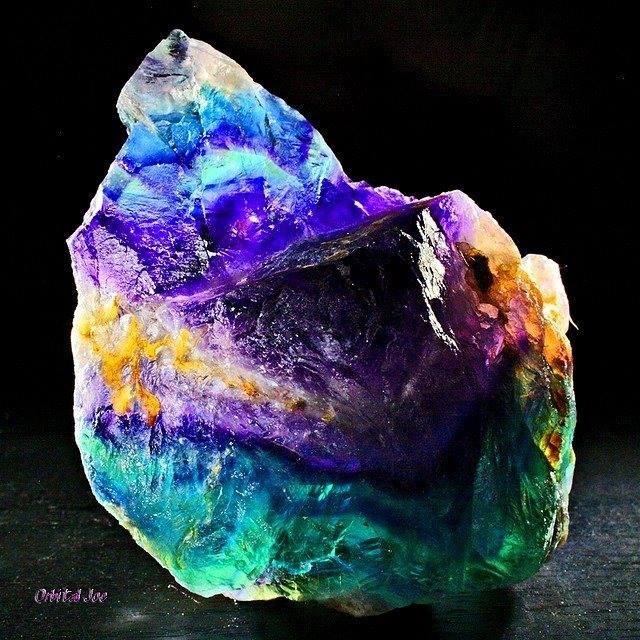When we think about the Earth's crust, we often envision a complex tapestry of minerals, each playing a crucial role in the planet's geology and ecology. Among these, one mineral stands out as the second most abundant: feldspar. This blog post delves into the significance of feldspar, its properties, applications, and its role in the Earth's geological processes.
Understanding Feldspar: A Geological Overview
Feldspar is a group of rock-forming minerals that make up approximately 60% of the Earth's crust. The term feldspar encompasses a variety of minerals, including orthoclase, plagioclase, and microcline, each with unique chemical compositions and crystalline structures. These minerals are primarily composed of aluminum silicates combined with varying amounts of potassium, sodium, and calcium.
Feldspar's abundance can be attributed to its formation during the cooling of magma and the subsequent weathering of rocks. As igneous rocks crystallize, feldspar emerges as one of the first minerals to solidify, making it a fundamental component of granite and other common rock types.
The Chemical Composition of Feldspar
Feldspar minerals can be categorized into two main groups: alkali feldspars and plagioclase feldspars.
- Alkali Feldspars: These include minerals like orthoclase and microcline, which are rich in potassium. Their chemical formula can be represented as KAlSi3O8. Alkali feldspars are typically found in granite and other felsic igneous rocks.
- Plagioclase Feldspars: This group includes minerals that contain sodium and calcium, such as albite (NaAlSi3O8) and anorthite (CaAl2Si2O8). Plagioclase feldspars are prevalent in both igneous and metamorphic rocks and are crucial for understanding the geological history of an area.
The Role of Feldspar in Geological Processes
Feldspar plays a vital role in various geological processes. Its presence in igneous rocks contributes to the rock's overall texture and mineral composition. As feldspar weathers, it breaks down into clay minerals, which are essential for soil formation and nutrient cycling. This weathering process also releases potassium, an essential nutrient for plant growth, thereby linking geology with ecology.
Moreover, feldspar's stability under surface conditions makes it a key player in sedimentary processes. It can be transported by water and wind, contributing to sedimentary rock formation. Understanding feldspar's behavior during these processes helps geologists reconstruct past environments and assess natural resource potential.
Industrial Applications of Feldspar
The significance of feldspar extends beyond geology; it has numerous industrial applications. Here are some key areas where feldspar is utilized:
- Ceramics and Glass Production: Feldspar is a crucial ingredient in the manufacture of ceramics and glass. Its ability to lower the melting temperature of quartz and improve the strength and durability of the final product makes it invaluable in these industries.
- Fillers and Extenders: In the paint, rubber, and plastics industries, feldspar is used as a filler and extender. Its fine particle size and chemical inertness enhance the properties of various products.
- Construction Materials: Feldspar is also used in the production of concrete and asphalt, contributing to the strength and longevity of construction materials.
- Agriculture: As a source of potassium, feldspar is sometimes used in fertilizers, promoting healthy plant growth and improving soil quality.
Conclusion: The Importance of Feldspar in Our World
Feldspar, the second most abundant mineral in the Earth's crust, is a cornerstone of both geological processes and industrial applications. Its unique properties and widespread presence make it an essential mineral for understanding the Earth's composition and for various sectors, including construction, agriculture, and manufacturing.

